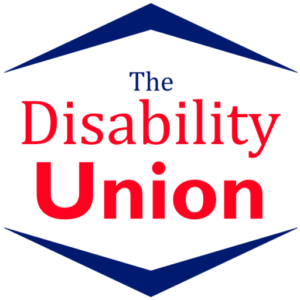
The passing of Section 504 was a great victory for disabled people in San Francisco. However, other parts of the country didn’t have the same victories. Berkeley was filled with activists, and was dubbed “mecca for the handicapped” by journalists. Other cities didn’t necessarily have a group of disabled people willing to go to the lengths they did here. Despite the victory from the sit-in and all the news coverage, people were still concerned about the aftermath of Section 504.
Too Expensive?
The main reason both press and politicians opposed the bill was because of the expense. Cost was always the bottom line, even with Califano after he had signed the regulations. The press described it as nit-picking and unnecessary for places where the disability population was non-existent. Places like Rudd, Iowa, a small farming community with less than 500 people was one such place. Rudd’s public library was found to be inaccessible by the HEW, and it had to be fixed despite nobody in the town being disabled. It was going to be about $6,500 to construct a ramp, which wasn’t needed. Understandably, the residents were not happy they had to do work they felt was unnecessary.
Schools
Unlike the black civil-rights movement, the disability civil-rights movement came with a price tag. It didn’t cost anything to integrate schools with black students, but adding ramps and accessible bathrooms for disabled students came at a cost. Yes, there was a cost of making existing public spaces accessible, but the perceived cost was more than the actual cost. In North Carolina, for example, it was estimated by education officials it would cost $15 billion to make state university buildings 504 compliant. In actuality, many of the changes were easy and cheap–or even free. Rather than having to add an elevator, universities moved certain classes to the ground floor, for example. The total cost? $15 million, a fraction of what they originally thought.
The Workplace
As for disabled people in the workforce, employers too found it was no big deal. A company could change a wheelchair-user’s work schedule to fit with the accessible bus schedule. Most things that needed money to be fixed were between $100-$500 per employee, such as a special headset for phones. At the high end, changes might cost $2,000 per employee. These instances were only about 3% according to a 1982 study by the Labor Department. A lot of these changes, in fact, turned out to be favorable for non-disabled employees.
Discrimination
It wasn’t just funding that people had issues with, either. In 1979, Southeastern Community College v. Davis ruled that Frances Davis, a deaf woman, could be denied entry into a nursing program because her deafness would make clinical training impossible. All Davis would have needed was an interpreter as an accommodation.
The Dwindling of Disability Activism
By 1980, Ronald Reagan had been elected to office. His administration would set out to review the regulations that concerned businesses and government agencies. This was not limited to 504, but it was a big focus. Sociologists thought that the disability movement had peaked in 1984, and since Reagan’s election it would continue to dwindle. Despite these claims, the independent living movement was still growing, and growing strong. In 1977 there were only 52 independent living centers in the US. A decade later, that number was almost 300, all bringing together disabled people and advancing their activism. Most modeled themselves after Berkeley’s office, because it was the first and had a big focus on activism. By 1976, the center was already serving around a thousand people with varying disabilities. By 1988, that number had almost doubled. 75% of these clients lived in poverty.
Funding Centers for Independent Living
A big step happened in 1978 when Ed Roberts gave testimony to congress. Congress listened to Roberts’s statement and gave the commissioner of Rehabilitation Services the power to award money to states in order to operate independent living centers. The trade-off of having consistent funding was these centers would need to tone down their political activism.
Despite this, these centers continue to thrive to this day. These centers spread the philosophy of the social model of disability. These centers argue that not even doctors or therapists know disability the way disabled people do. Because of this, these centers focus on allowing clients make as many decisions for themselves as possible.
Future Generations
Future generations of disabled people would benefit from the positive aftermath of Section 504 beyond just the act itself. The children who began their education in 1977 would graduate in the late 80’s. Filled with unprecedented confidence, this generation set out to pick up where their predecessors left off. These events would kick off would carry the self-help activist movement set up in Berkeley.


